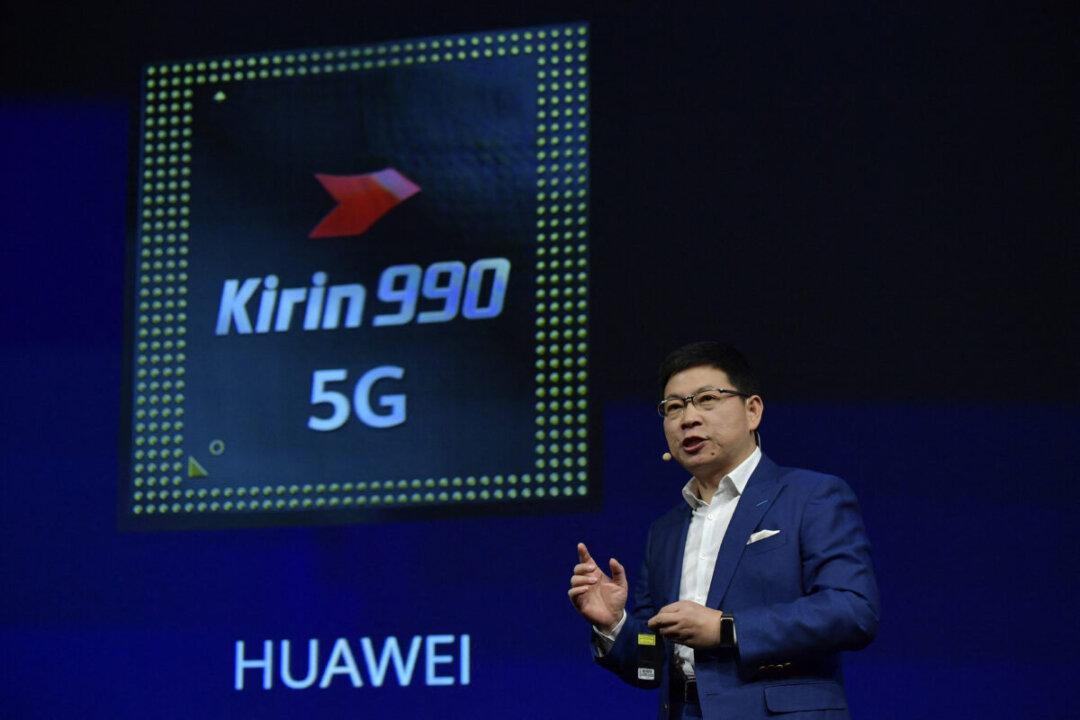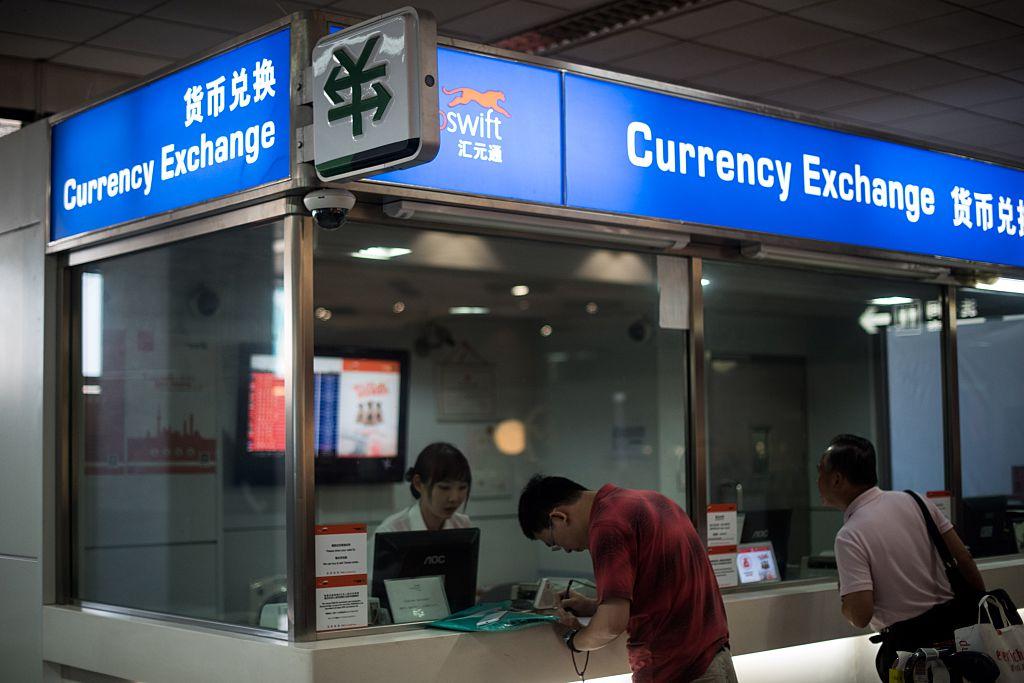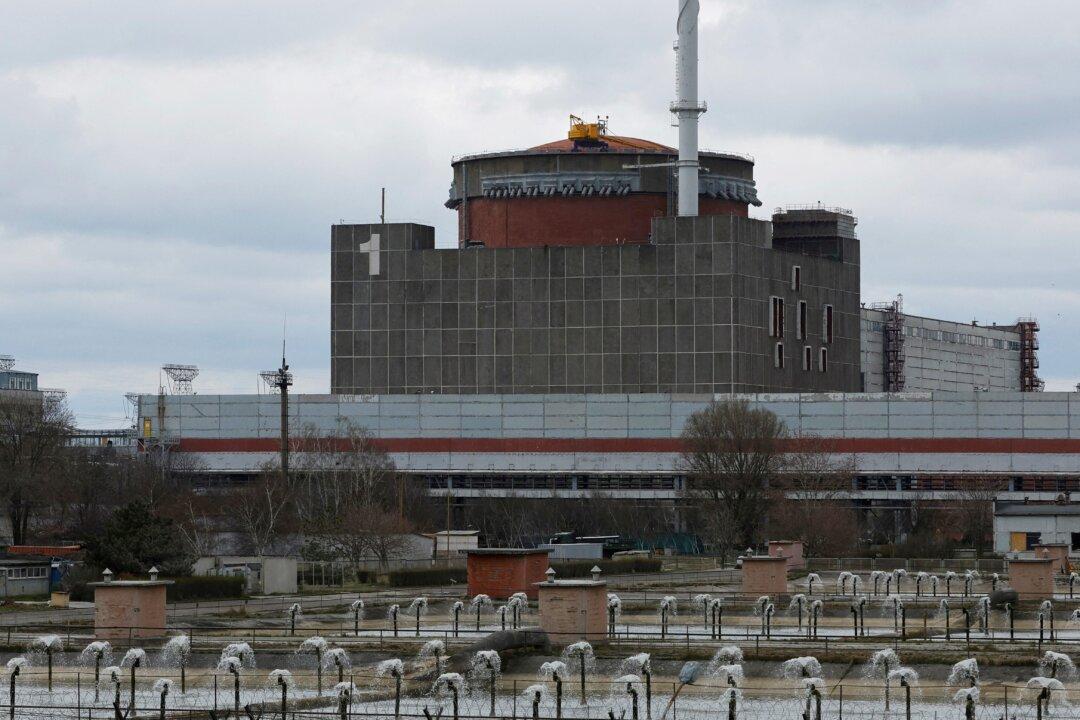New U.S. restrictions on technology exports are bad news for China’s semiconductor industry. The industry has been struggling for some time, with China’s chip productivity reportedly shrinking for eight straight months in 2022. Meanwhile, a record number of Chinese chip companies are closing, heralding an industry that has dramatically failed to meet expectations.
Data released on Sept. 16 by China’s Bureau of National Statistics showed that China’s output of integrated circuits fell 24.7 percent year-over-year in August, and cumulative chip production decreased by 10.0 percent to 218.1 billion units. That decline runs counter to the country’s trend of continued growth in annual chip production since 2009.






